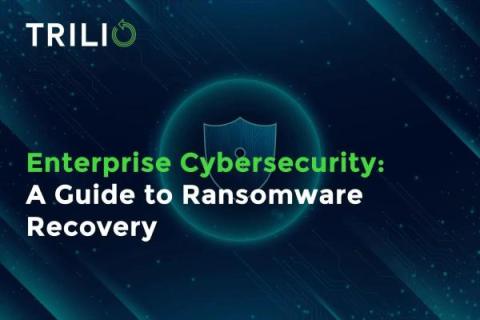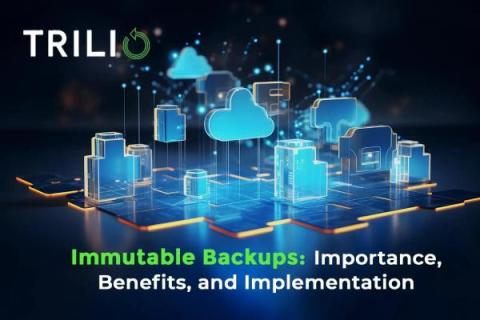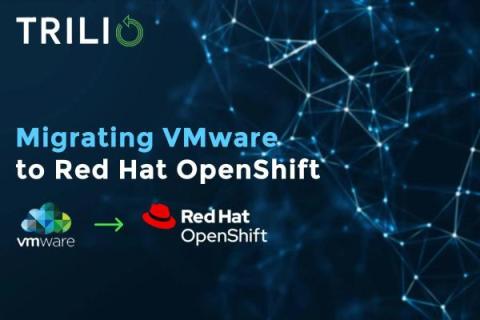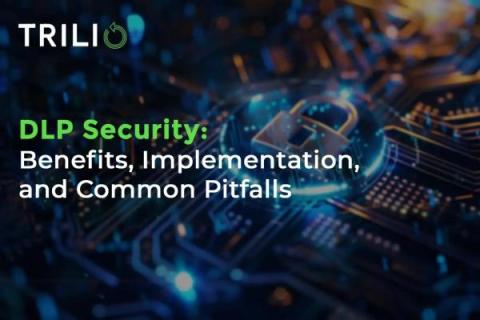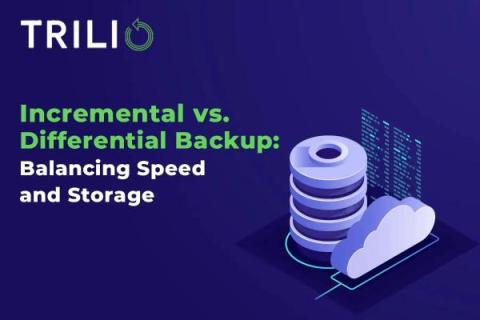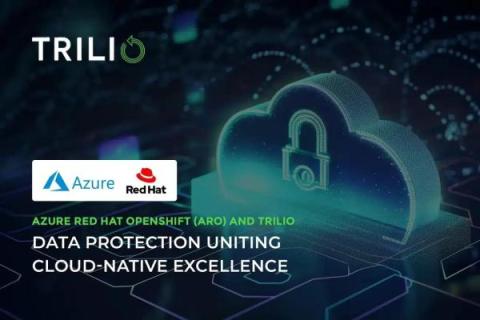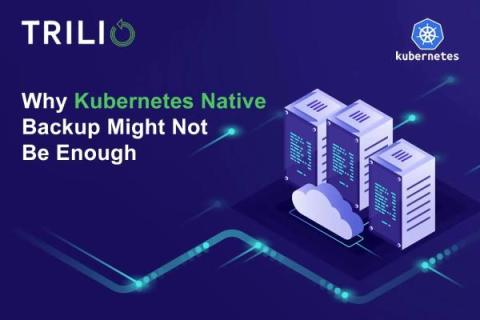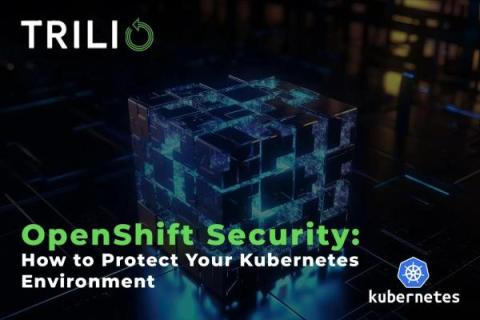2024 Red Hat Summit with Exec Chair, David Safaii: Exciting Announcements, Exciting Problems on Everyone's Minds
The 2024 Red Hat Summit in Denver was a whirlwind of innovation, collaboration, and networking. The show kicked off with a great turnout for the Community and Red Hat OpenShift Days. The focus here was on Case Studies from and by End Users with production deployments of OpenShift sharing their use cases, insights into their workloads and lessons learned along the way.



